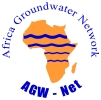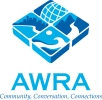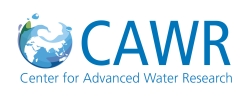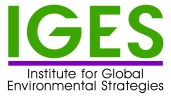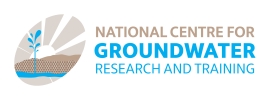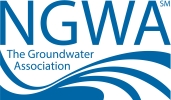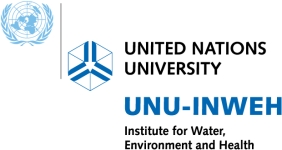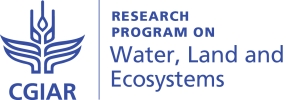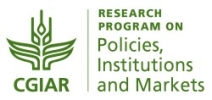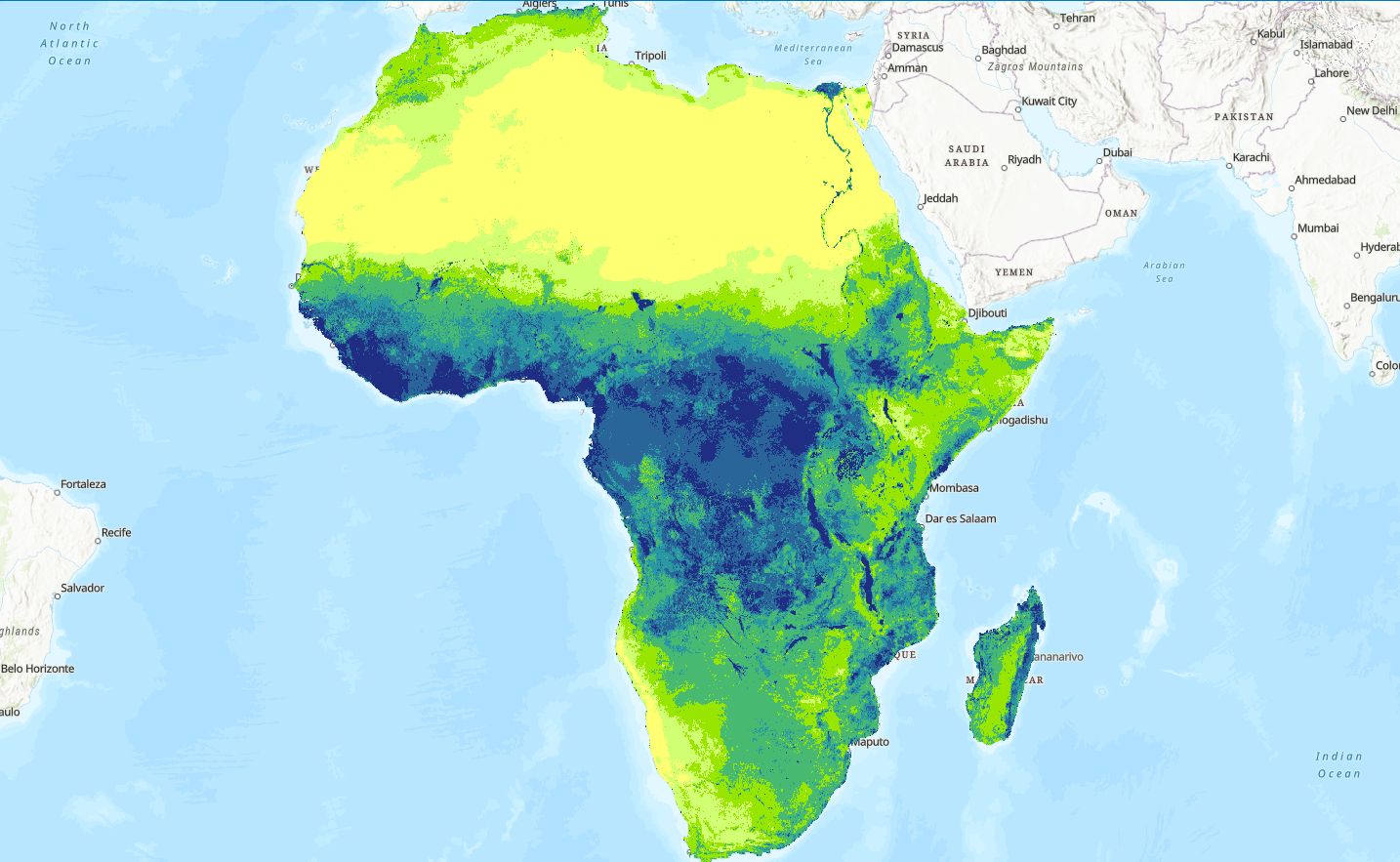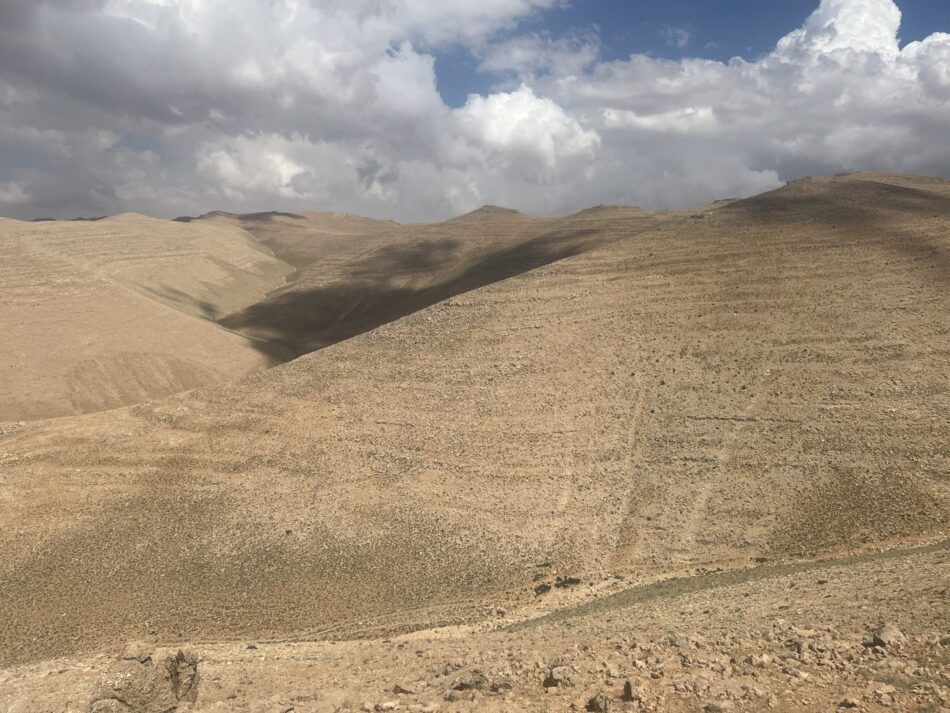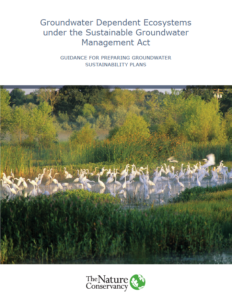 The Nature Conservancy (TNC), one of GRIPP’s partners, has recently published a guidance document for identifying and considering groundwater dependent ecosystems (GDEs) when preparing groundwater sustainability plans under California’s Sustainable Groundwater Management Act (SGMA). The guidance provides a systematic 5-step approach to identify GDEs, determine whether potential effects on GDEs are occurring, establish sustainable management criteria, monitor GDEs, and identify projects and management actions.
The Nature Conservancy (TNC), one of GRIPP’s partners, has recently published a guidance document for identifying and considering groundwater dependent ecosystems (GDEs) when preparing groundwater sustainability plans under California’s Sustainable Groundwater Management Act (SGMA). The guidance provides a systematic 5-step approach to identify GDEs, determine whether potential effects on GDEs are occurring, establish sustainable management criteria, monitor GDEs, and identify projects and management actions.
Groundwater is an essential resource for sustaining human life and natural ecosystems. More than one third of the world’s population depends on groundwater for their drinking water and sanitation, and over 40% of global irrigation water is extracted from groundwater. As humans increasingly depend upon water, unsustainable pumping practices have depleted groundwater causing poor water quality along coasts due to seawater intrusion, expensive damage from land subsidence, and surface water (river, lake, and wetland) depletion that have resulted in socio-economic costs and, in some cases, irreversible negative environment impacts.

View of oak woodlands and riparian habitat along the Cosumnes River, California. Photo: Karen Gregg Eliott / The Nature Conservancy
Groundwater Dependent Ecosystems (GDEs), which are species and ecosystems maintained by direct or indirect access to groundwater, are often the silent and unseen victims of groundwater depletion. The presence of groundwater and its interconnections with shallow soil- and surface- water are crucial for GDEs, since it sustains instream flows for aquatic species and enables terrestrial vegetation to access groundwater through its rooting network. GDEs provide critical habitat conditions for a wide range of species, including rare and endangered species while offering a wide range of ecosystem services that benefit our economy and society, including water purification, flood control, recreation and cultural amenities along rivers, wetlands, and in caves and hot springs.
Although there is growing international recognition of the importance of GDEs, so far only a few jurisdictions in Australia, the European Union, South Africa, and the United States have incorporated the protection and management of GDEs into legislation. One notable initiative has been in California under the SGMA, and the recent TNC report supports this initiative.
While the SGMA guidance is a globally significant step towards improved management of GDEs, the guidance material will need to be adapted for use in other countries and jurisdictions with different socio-economic and legal, institutional and political settings and where groundwater resource uses are poorly understood and monitored, groundwater management organisations are weak, and groundwater regulations are absent or not enforced. In these cases, adaptive management is crucial for protecting this valuable resource. GRIPP is aiming to further develop guidance under these critical conditions.







